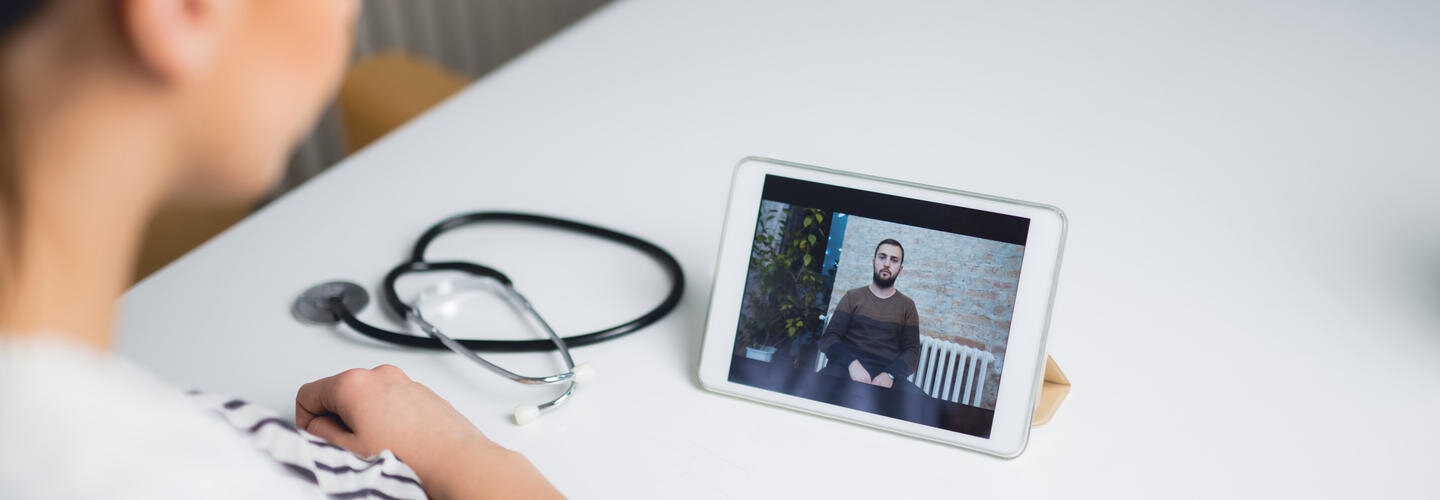
@ShahidNShah


The popularity of virtual care was growing before the COVID-19 pandemic. Nearly 100 percent of surveyed healthcare systems had plans to expand their telehealth offerings, and one poll was issued last year.
There’s no going back: Two-thirds of U.S. adults in a recent survey said they would be more willing to try telehealth because of the novel coronavirus, even though few respondents (about 1 in 5) had tried it.
Once viewed as an integral part of care, the platform is critical to support social distancing and shelter-in-place orders. By screening patients remotely, providers can determine whether a clinical visit is needed. Keeping high-risk patients and less-severe COVID-19 cases at home prevent unnecessary exposure and preserve supplies.
Continue reading at healthtechmagazine.net
By leveraging mobile communications' power and reach, mHealth makes it possible to provide a more versatile and personalized approach to health care. However, for mHealth to reach its full potential, …
Connecting innovation decision makers to authoritative information, institutions, people and insights.
Medigy accurately delivers healthcare and technology information, news and insight from around the world.
Medigy surfaces the world's best crowdsourced health tech offerings with social interactions and peer reviews.
© 2025 Netspective Foundation, Inc. All Rights Reserved.
Built on Dec 17, 2025 at 12:37pm